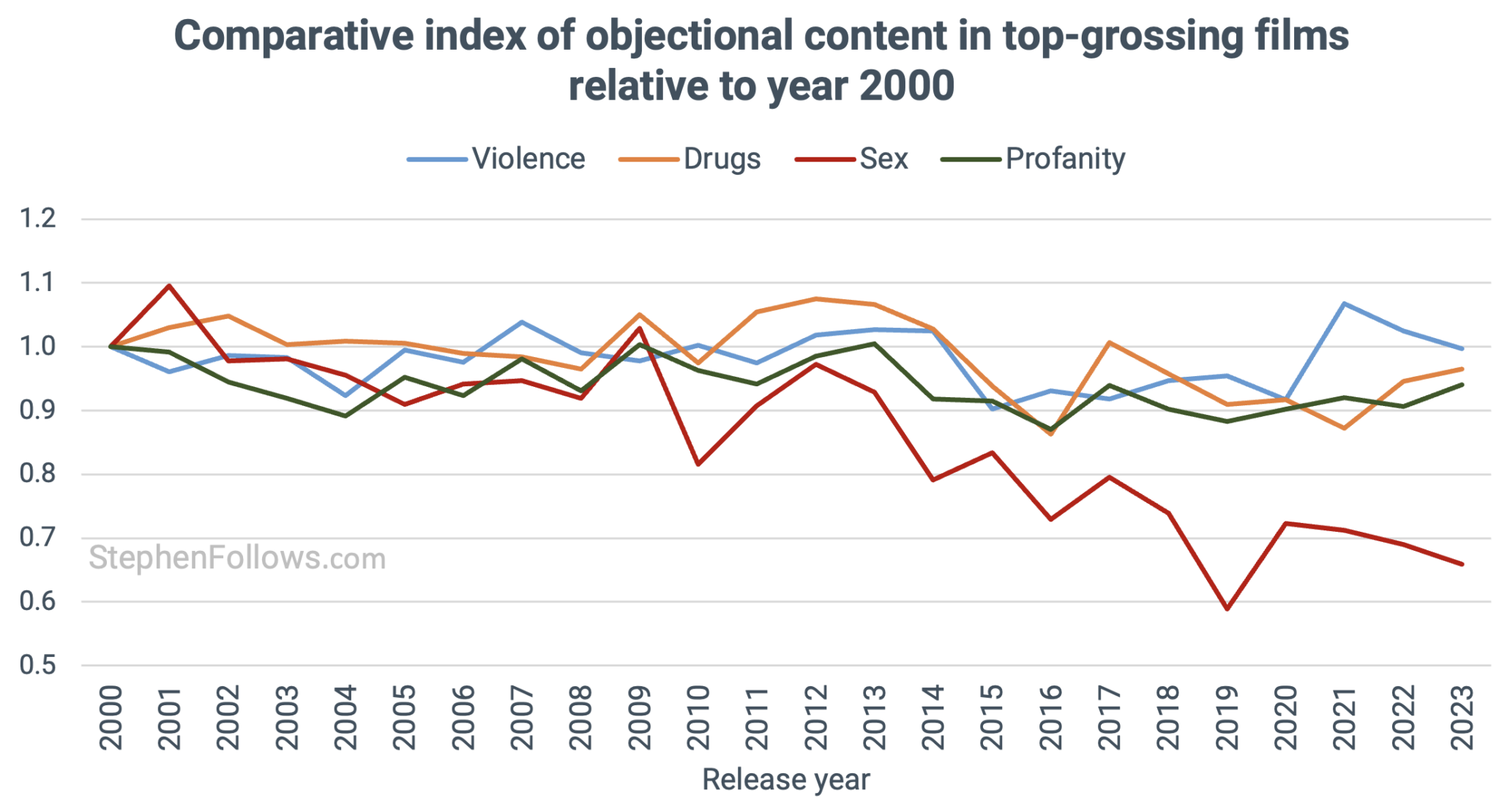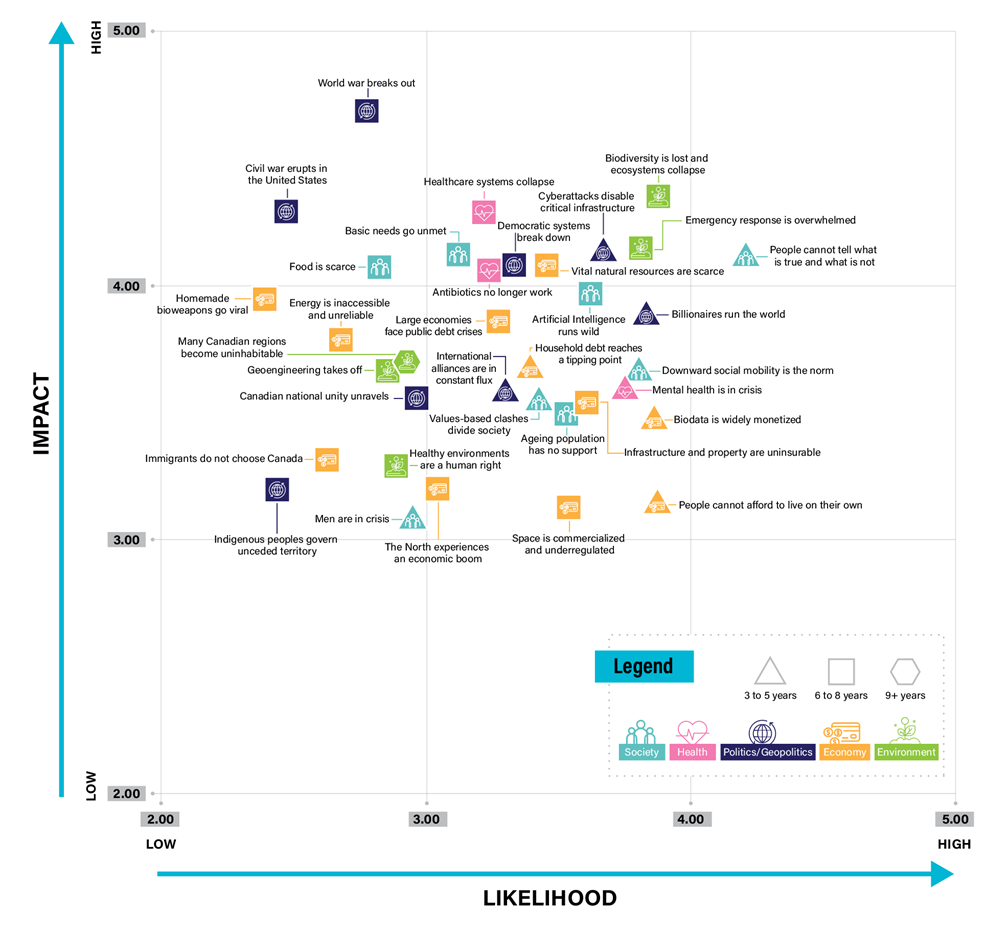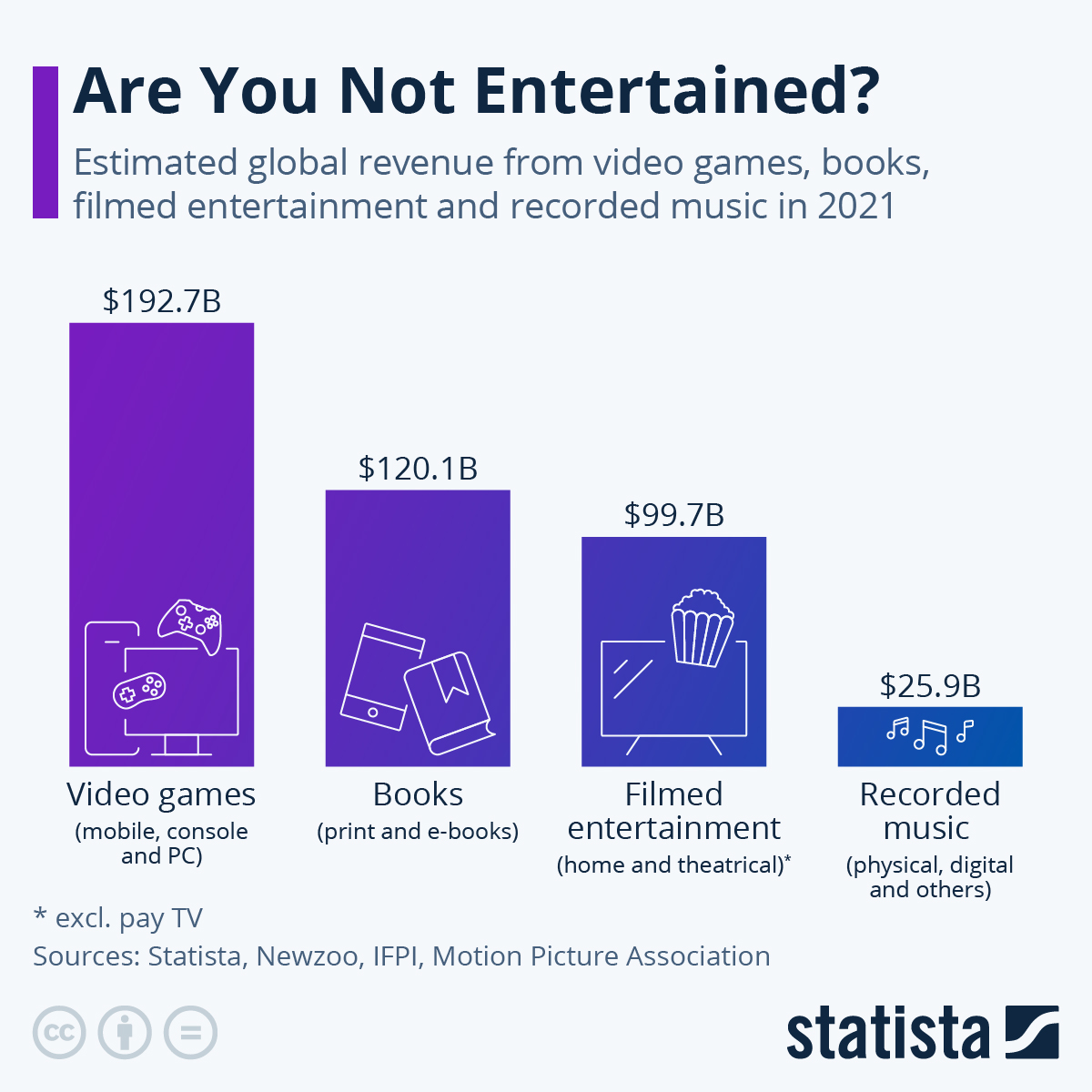Local Victoria, BC, filmmaker Arnold Lim has just secured $500,000 from Telefilm Canada towards the funding of his second feature film “The Bryce Lee Story“.
Arnold is in Paris currently, preparing as Photography Manager for the Paris Olympics — his fifth! He graciously replied to my questions by email.
Q: Congratulations, Arnold! What’s the log line for “The Bryce Lee Story”?
A: The Bryce Lee Story is the story of a young Asian boy named Bryce Lee, who lies about being related to Bruce Lee in order to fit in at school.
Q: What’s your budget and how much has Telefilm committed?
A: We are aiming for a $1.5-million budget, which will be my first low budget film as a Director after working predominantly in micro-budget filmmaking and Telefilm has committed $500,000 to our project.
Q: Where in the world and when are you filming?
A: I love Vancouver Island and feel my home island is vastly underrepresented on film despite literarily being one of the best places on earth. We plan to shoot most of the film in Greater Victoria and Chemainus. My goal is to shoot here for every film if possible.
Q: What’s the biggest issue you face right now?
A: The biggest challenge is funding! Always funding, but equal to that my biggest issue is probably going to be casting. Finding Asian actors in Canada, especially young Asian actors is very challenging for a lot of reasons: from there not being many opportunities for them to begin with, so there aren’t a ton of opportunities to gain on-set experience and grow as an actor; to the performing arts not necessarily being a focus for some Asian parents as an activity for their children. There are of course exceptions but largely casting is always one of my biggest fears going into any film I make that has an Asian lead.
Q: Are there any locations or props in the script that you know are going to be difficult to find?
A: I am going to be looking for working versions of some 90’s cameras so props and production design are going to be a major challenge because our film is set in the late 90’s ish — but I am also excited by the proposition, and grinding those challenges out with a group of dedicated and like-minded artists is something I am excited about.
Q: Are there any cameo roles and do you have folks in mind?
A: I do have at least one in mind. But I can’t say who it is quite yet. 😉 Sorry!
Q: How does going to the Olympics as Photography Manager impact your time?
A: I am very privileged to have the opportunity to be a part of the Olympic experience, but it is always a time of hyper focus for me because it is such a challenging job. In my opinion the amount of time and energy and love and artistry and passion and gruelling grind necessary is akin to making a feature film and I love the challenge of it, but it is a marathon and takes a lot of time and energy and pulls me away from my family. I really miss my wife and children when I am away.
Q: Is there anything else you’d like to add?
A: I can’t thank Telefilm enough for the opportunity to make a second feature film, but I am also extremely proud of and grateful to the amazing artists on Vancouver Island and in B.C. who work in and support independent film. I have this opportunity because of amazing people like the producer Lynne Lee and many, many other cast and crew, especially on Vancouver Island, who have chosen to work with me and share their passion and artistry even when the prospects of making money are low and the challenges are high. I can’t thank them all enough.
My take: What can’t Arnold do? Next week I’ll look a ways to raise $1M — if you have ideas, let’s hear them!




